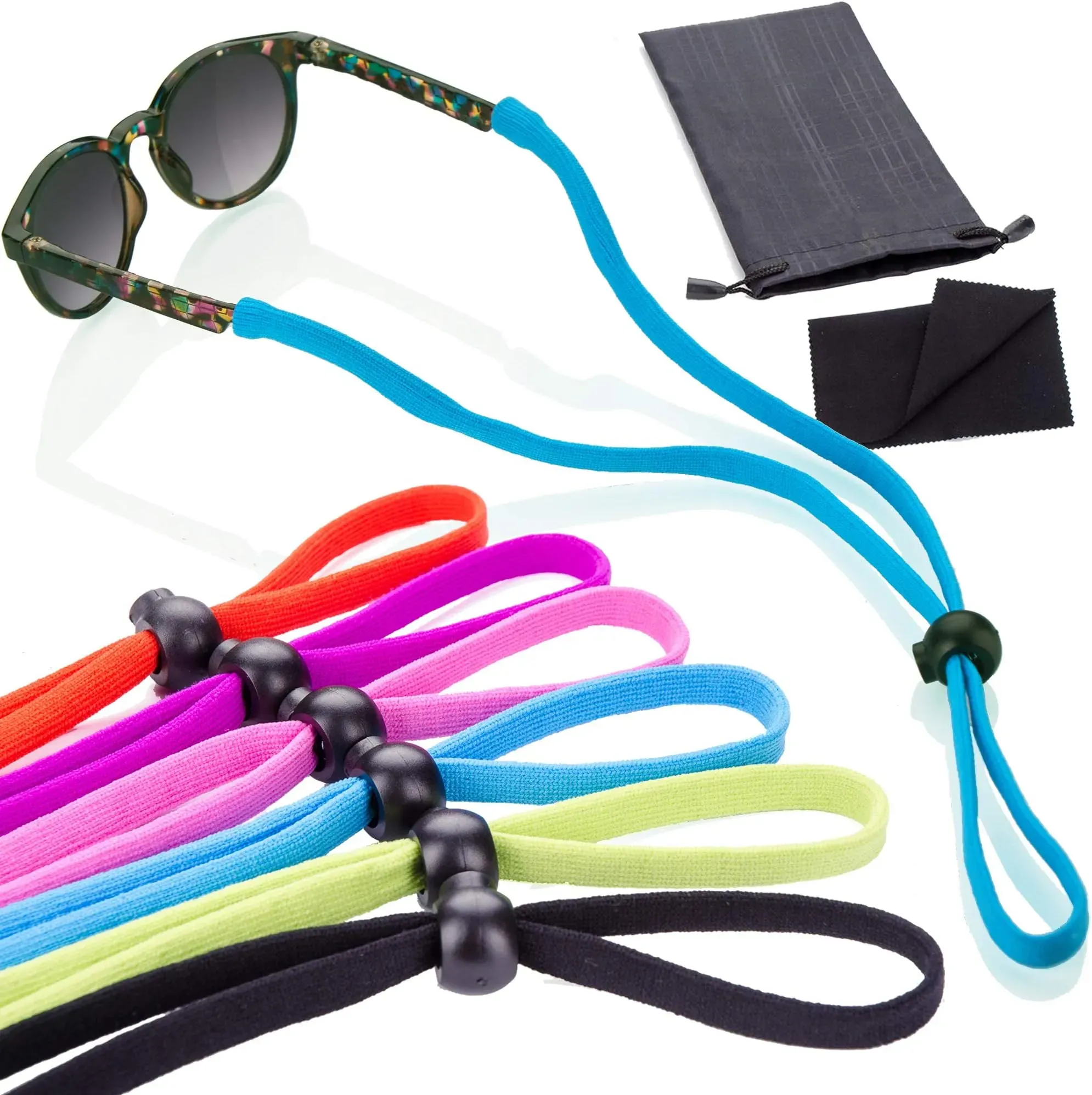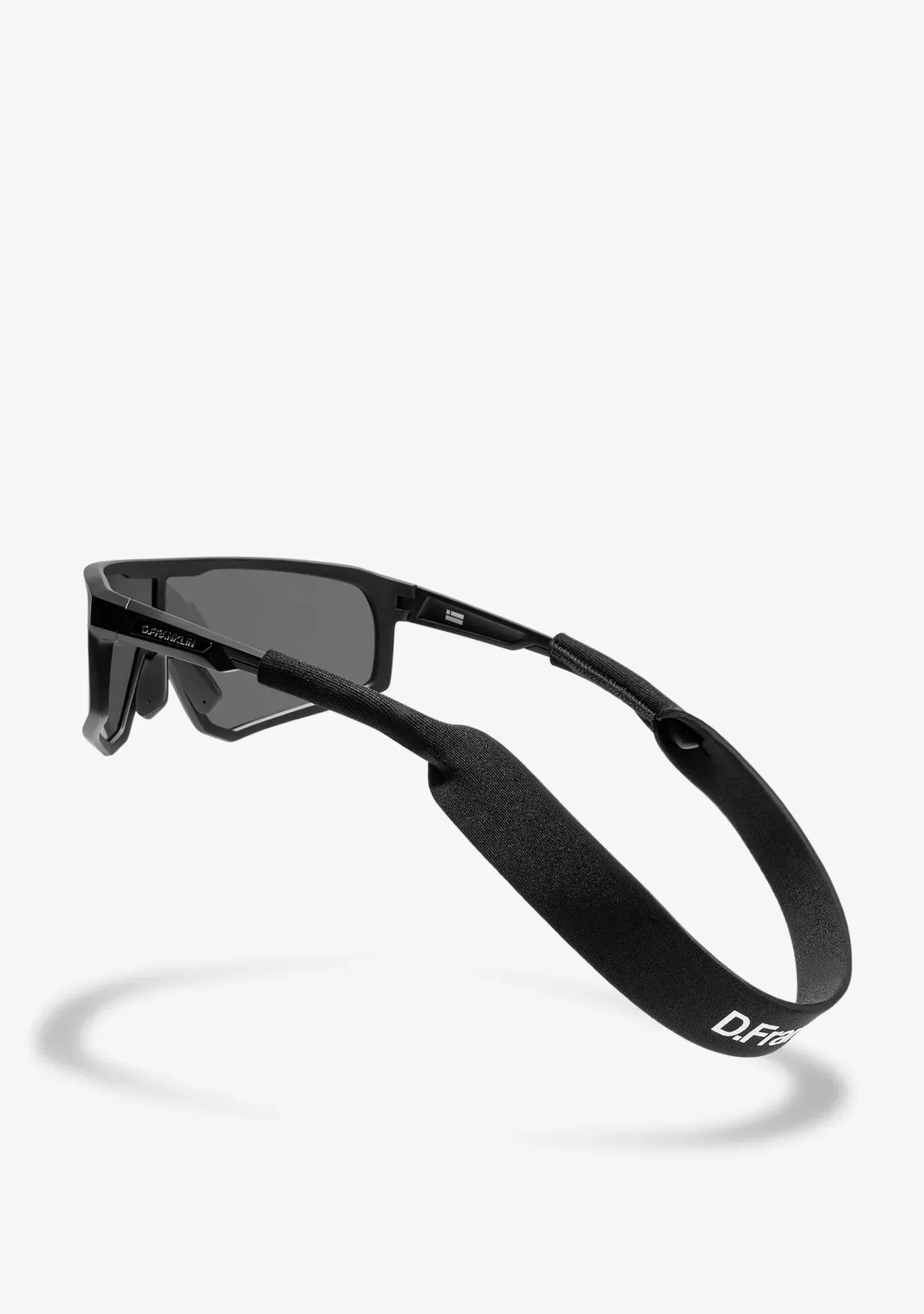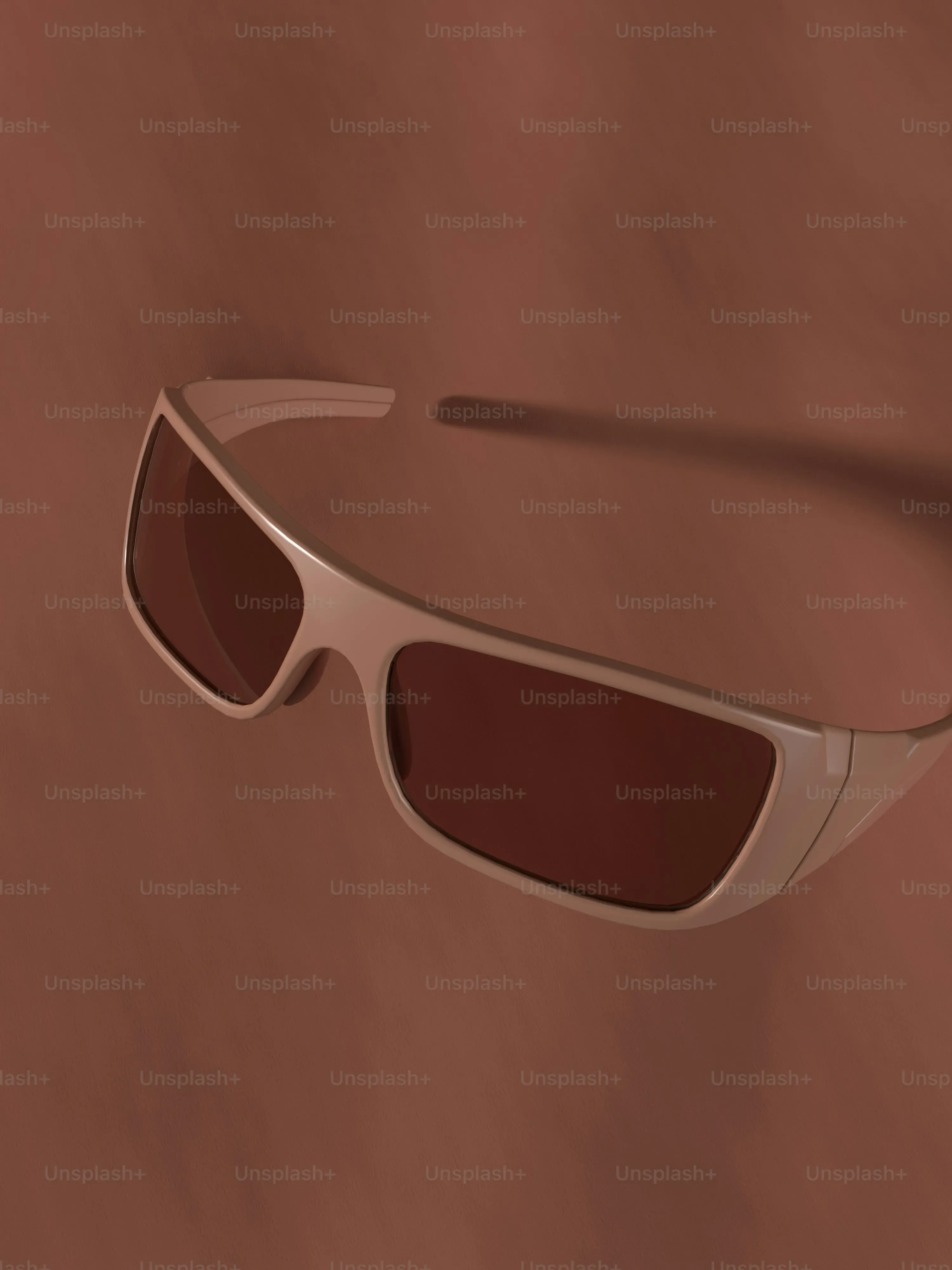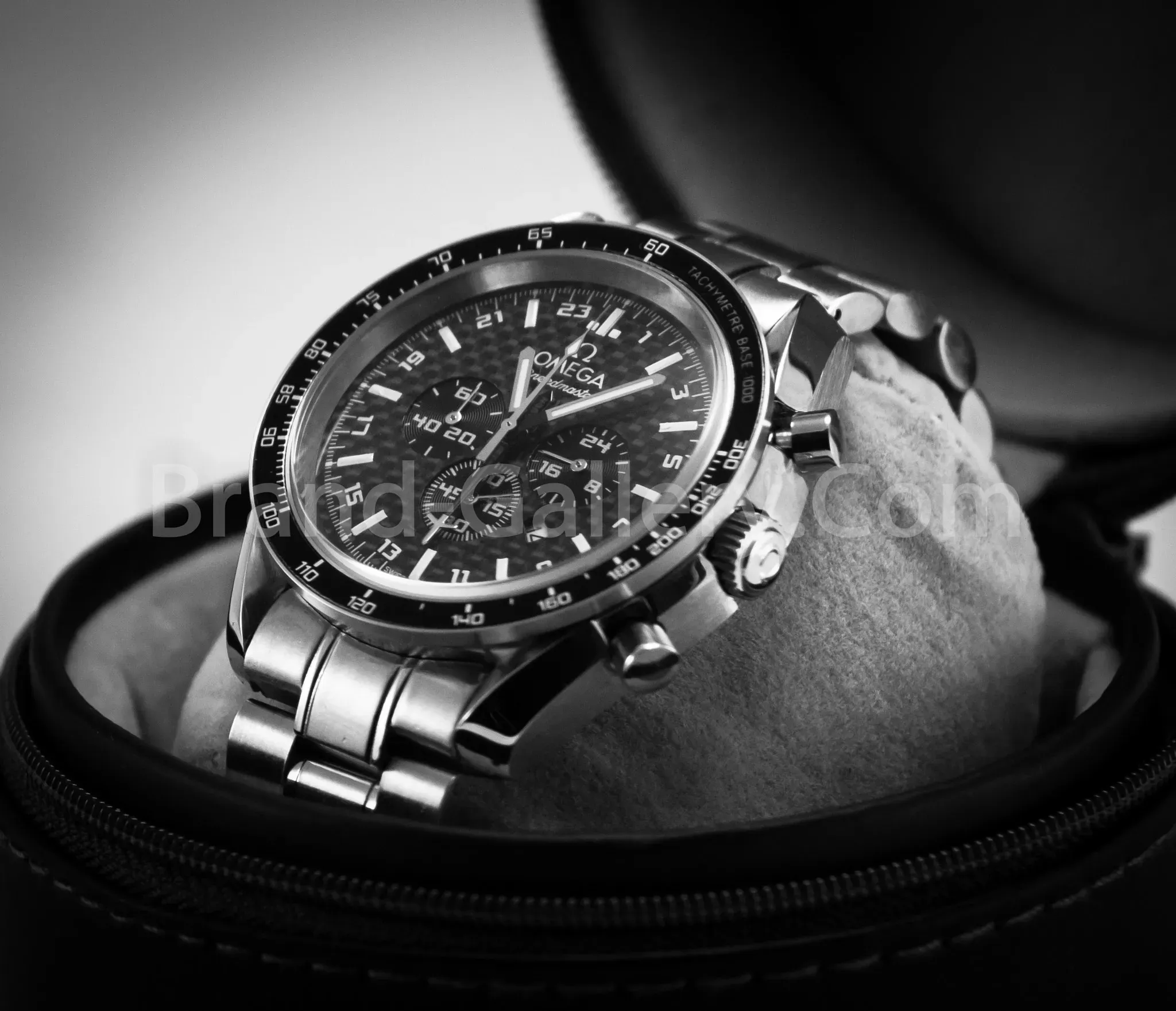Table of Contents
Picture this: You're leaning over a boat railing, hiking a steep trail, or just bending down to tie your shoe. Suddenly, that familiar dread washes over you – your expensive sunglasses are tumbling towards oblivion. Or maybe they just slide off your head when you look up, landing with a disheartening crunch. It's a common, frustrating scenario, and one that a simple accessory is designed to prevent. That accessory is the sunglasses strap.
Why You Need a Sunglasses Strap (It's More Than Just a Leash)
Why You Need a Sunglasses Strap (It's More Than Just a Leash)
Stop the Drop: Protecting Your Investment
Let's be honest, sunglasses aren't cheap these days. You find a pair you love, they fit just right, and they actually make you look halfway decent. Then, disaster strikes. A sudden movement, a misplaced glance downwards, and gravity takes over. I've seen perfectly good pairs of shades meet their demise on concrete, rocks, or even in bodies of water I wouldn't dip a toe in. A sunglasses strap acts as a simple, yet incredibly effective, insurance policy against these preventable tragedies. It keeps them tethered to you, ready when you need them, and safe when you don't.
Focus on the Fun, Not on Fumbling
Beyond just preventing drops, a good sunglasses strap is about convenience and keeping your head in the game. Think about hiking, fishing, or even just gardening. You need to take your glasses off for a moment, but where do you put them? Stuffing them in a pocket is a recipe for scratches or bending. Hanging them precariously on your shirt collar is just asking for them to fall off at the worst moment. A strap lets you simply slip them off your eyes and let them rest comfortably and securely around your neck. It means less fumbling and more focus on whatever you're actually trying to do.
- Prevents costly drops and damage
- Keeps glasses accessible when not on your face
- Reduces the risk of misplacing your shades
- Allows for hands-free convenience during activities
- Adds a layer of security in windy conditions
Types of Sunglasses Straps: Finding the Right Material and Style
Types of Sunglasses Straps: Finding the Right Material and Style
Material Matters: From Neoprene to Rope
so you're sold on the idea of keeping your shades safe. Now, what kind of sunglasses strap are we talking about? The material is a big deal, influencing comfort, durability, and how it handles water. You'll see a lot of neoprene straps out there, often the go-to for watersports because they float (a lifesaver if your glasses take an unexpected dip). They're soft, flexible, and dry relatively quickly. Then there are rope or cord-style straps, which can range from thin, minimalist cords to thicker, braided options. These are often more durable and less prone to stretching than neoprene. You'll also find straps made from fabric, leather, or even metal cables for a different look and feel.
Each material has its pros and cons. Leather looks classic but isn't great wet. Fabric can be comfy but might soak up sweat. Metal is tough but can feel heavy or scratchy. Thinking about where and how you'll use your strap is key to picking the right material.
Style Points: Keeping it Functional and Fashionable
Beyond just material, sunglasses straps come in a surprising array of styles. The basic retainer simply has loops on the ends that slide onto your glasses' arms. Easy, effective, and low-profile. Some have adjustable sliders to tighten the grip or change the length. For sports, you might see retainers with a more secure, wrap-around design that hugs the back of your head. There are also floating straps, often brightly colored, specifically designed to keep your glasses afloat if they fall in water. And yes, you can even find stylish options with beads, patterns, or premium finishes if you want your strap to be less about utility and more about making a statement.
Don't feel like you have to sacrifice style for function. Many brands, including those you might find at sunglasshub.org, offer options that look good while doing their job. Consider the look you're going for and how the strap will complement your glasses and your overall outfit.
Material Type | Pros | Cons |
|---|---|---|
Neoprene | Floats, soft, flexible, dries quickly | Can stretch, less durable than cord |
Rope/Cord | Durable, adjustable, wide variety of styles | May not float, can be scratchy depending on material |
Fabric | Comfortable, wide range of patterns/colors | Can soak up sweat, slower to dry |
Leather | Classic look, durable (if cared for) | Not water-friendly, requires maintenance |
Attachment Methods: Gripping Your Frames Securely
How the strap attaches to your glasses matters a lot for security. The most common method is a simple rubber or silicone loop that slides over the end of the temple arm. These are usually pretty secure for everyday use. Some straps use a tighter, molded end that grips the arm more firmly, good for higher-impact activities. You might also see systems with adjustable cords or even clips for different types of frames. The key is to find a method that grips your specific glasses snugly without being so tight it damages the finish.
Test out the attachment on your frames before committing. Wiggle it, give it a gentle tug. You want it to feel secure, not loose or likely to slip off when you move around.
- Rubber/Silicone loops: Standard, easy to use
- Molded ends: More secure grip, good for sports
- Adjustable cords: Versatile, can fit various arm sizes
- Clips: Less common, specific to certain frame types
Choosing the Best Sunglasses Strap for Your Lifestyle
Choosing the Best Sunglasses Strap for Your Lifestyle
Matching Your Strap to Your Activity Level
so you know you need a sunglasses strap, and you've seen there are tons of options. How do you narrow it down? The biggest factor is honestly what you *do* while wearing sunglasses. Are you mostly sitting on a patio, occasionally glancing at your phone? A simple, lightweight cord might be perfect. It keeps them from sliding off your head indoors and is barely noticeable. But if you're hitting the trails, kayaking, or playing beach volleyball, you need something more robust. A neoprene or thicker, adjustable cord strap that hugs the back of your head is going to offer much better security against bounces, splashes, and sudden movements. Think about the forces your glasses are likely to encounter and choose a strap designed to handle them. A casual strap won't cut it when you're upside down on a roller coaster.
Considering Comfort, Style, and Frame Fit
Beyond function, comfort is key. A strap that constantly rubs your neck or pulls your hair will just end up in a drawer. Neoprene and soft fabric straps are generally more comfortable for extended wear, especially in hot weather where sweat is a factor. Style matters too, even if it's secondary to keeping your shades safe. Do you want something that blends in, or something that adds a pop of color or texture? There are options from minimalist black cords to brightly patterned retainers. Finally, consider your specific glasses frames. Some straps have adjustable ends that fit a wide range of temple arm sizes, while others are designed for a snug fit on thinner or thicker arms. Make sure the attachment method will work securely with your frames without scratching or damaging them over time.
Lifestyle/Activity | Recommended Strap Type | Key Feature to Look For |
|---|---|---|
Casual/Everyday | Thin Cord, Simple Loop | Lightweight, comfortable |
Hiking/Running | Adjustable Cord, Secure Fit | Snug fit, prevents bouncing |
Watersports (Boating, Kayaking) | Neoprene, Floating Strap | Floats, quick-drying |
Fishing | Floating Strap, Durable Cord | Floats, resistant to snags |
Active Sports (Volleyball, Biking) | Wrap-around Design, Tight Grip | Maximum security against movement |
How to Properly Attach and Adjust Your Sunglasses Strap
How to Properly Attach and Adjust Your Sunglasses Strap
Getting the Grip Right: Attaching Your Strap
you've picked your weapon of choice in the fight against gravity – your new sunglasses strap. Now, how do you actually put the darn thing on? Most straps have ends that are designed to slide onto the temple arms of your glasses. For standard rubber or silicone loop ends, you'll want to gently work the loop over the end of the arm, sliding it up towards the hinge. It should be snug but not so tight that you feel like you're going to snap the arm. For straps with molded ends, they usually have a specific shape that grips the arm more firmly; line it up and push it on until it feels secure. Some adjust with a small bead or slider – loosen it first, slide the end onto the arm, then tighten the bead down to cinch it in place. The goal is a secure connection that won't slip off easily during movement.
Don't just jam it on. Take a second to make sure it's seated properly and feels stable. A poorly attached strap is only slightly better than no strap at all when your glasses decide to take flight.
Finding Your Fit: Adjusting for Comfort and Security
Once the strap is attached, it's time to get the fit right. Most adjustable sunglasses straps have a slider or bead that lets you change the length. You want it long enough that you can comfortably take your glasses off and let them hang around your neck without feeling choked, but not so long that they're swinging wildly and potentially hitting things (or people). When the glasses are on your face, the strap should ideally rest comfortably at the back of your head or neck, providing gentle tension without pulling on your ears or the frames. For active use, you might want it a bit tighter so it hugs the back of your head, preventing bounce and slippage.
Experiment a little. Put your glasses on, then take them off, bend over, shake your head gently. Adjust the length until the strap keeps the glasses secure when they're off your face, and doesn't interfere with comfort when they're on.
- Slide the strap ends onto your glasses' temple arms.
- Ensure the attachment is snug but doesn't strain the frame.
- Use the adjuster (if present) to change the strap length.
- Test the length by taking glasses on/off and moving your head.
- Aim for a length that allows glasses to hang comfortably around your neck.
- Adjust tighter for active sports to keep glasses secure on your head.
Maintaining Your Sunglasses Strap So It Lasts
Maintaining Your Sunglasses Strap So It Lasts
Simple Steps for Longevity
so you've found the perfect sunglasses strap, it fits your shades like a glove, and you're no longer living in fear of the dreaded drop. Great! But like anything you use regularly, a little care goes a long way in making sure your sunglasses strap stays functional and doesn't become a sticky, stretched-out mess. The good news is, maintaining your strap isn't exactly rocket science. For most materials, especially neoprene and fabric, a simple rinse with fresh water after exposure to saltwater, chlorine, or even heavy sweat is all it takes. This prevents salt and chemicals from degrading the material over time. Let it air dry completely before storing it away. Don't just ball it up and shove it in a drawer – that's how you get weird kinks and encourage mildew.
If you've got a leather strap, keep it away from excessive moisture. If it does get wet, dry it gently and consider using a leather conditioner occasionally to keep it supple and prevent cracking. Metal or cable straps might just need a quick wipe down if they get dirty. The key is preventing build-up and keeping the material in good shape so it doesn't snap or lose its grip when you need it most.
- Rinse straps exposed to saltwater or chlorine with fresh water.
- Allow straps to air dry completely.
- Avoid storing wet or damp straps.
- Clean leather straps gently and use conditioner if needed.
- Wipe down metal/cable straps if they get dirty.
- Inspect the attachment points periodically for wear.
Keep Your Shades Secure: A Final Word on Sunglasses Straps
Losing or damaging a good pair of sunglasses is a frustrating, and often expensive, experience. While a sunglasses strap might seem like a minor addition, it's a practical piece of gear that actively prevents that headache. We've looked at why they matter, the different types out there, and how to pick one that actually works for you. It’s not about making a fashion statement (though some options are less offensive than others); it’s about keeping your eyewear where it belongs. So, next time you head out, consider adding a strap. It's a small step that can save you a lot of grief, and maybe even a few bucks on replacement shades.
